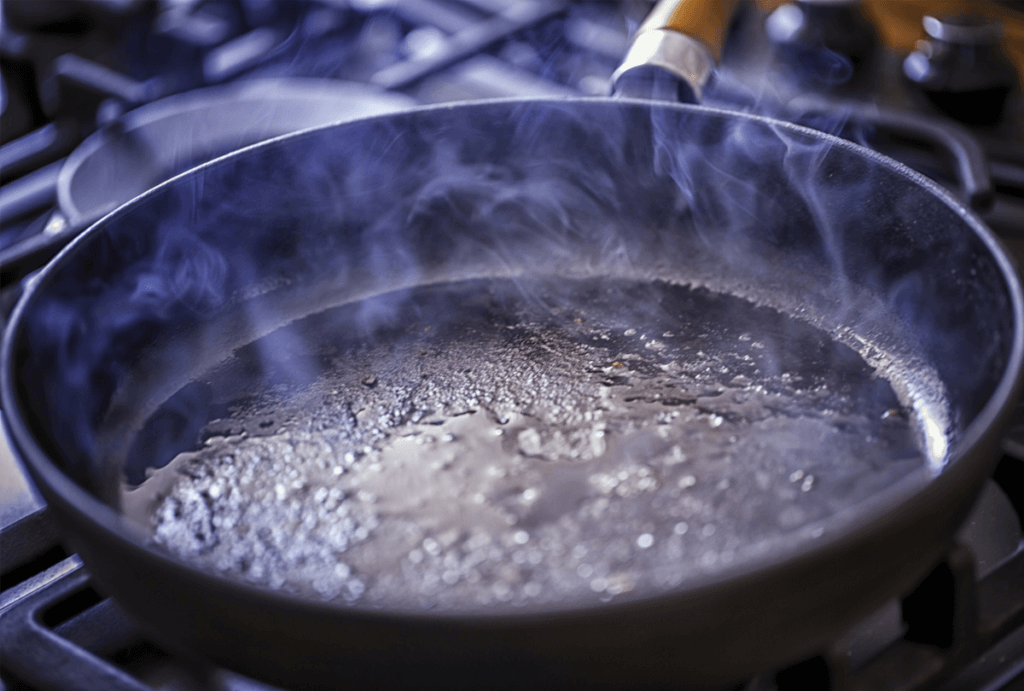The Vocal Fry speaking
The croaky, gravelly sound of "vocal fry" was the subject of much online discussion some time ago. Offended radio listeners and TV viewers united on social media to show their disdain for celebrities and news reporters who use it. Others, however, find it sexy. Yet vocal fry has long been used when speaking. Celebrities like Kim Kardashian have brought it to the attention of the masses.
The vocal fry is like that low, croaky voice you have when you're sick. It occurs when you drop into your lowest register and speak below 70 hertz. When you do this, not enough air flows through your vocal cords to maintain regular glottal vibrations. This is how the sounds get "fried".
You have probably tried it before: What happens when you descend further and further with a tone in the speaking voice, in a scale or simply sliding downwards? You reach a limit, it's the lower end of your range. Chest voice. And beyond this limit? If you go all the way down until you can't get any lower, you'll eventually hear a kind of crackle or creak. These are "glottal beats" strung together, each of them a single closure of your vocal cords.
In 1998, Britney Spears fried through almost every line in "Baby One More Time". More recently, however, vocal fry has become the Kardashians' sound of choice. If the Kardashians are the Qeens of Fry, then Lil Wayne is the King of Fry.
From "creaking" to singing
What happens physiologically is not all that different from the sound we make in our familiar chest, middle or head voice. After all, our vocal cords are air-driven oscillators that open and close very quickly to produce sounds - like a balloon that you make squeak. For example, to sing a middle C, your vocal cords need to open and close 256 times a second. At the very bottom, below your chest voice, you hear each of these closing phases of your vocal cords as a kind of crackling or creaking. Like when you fry something in a pan.
In most voices, the crackle or creak remains irregular, so that we do not hear it as a tone at all, and it remains without connection to the low chest voice. And yet there are singers who are able to hide this crackling into a regular, very low frequency and sing with it.
The vocal fry as a singing style or means of expression
Singing in the Knarr register has long been in use in gospel music. Bass singers from J. D. Sumner to Tim Storms can descend their voices to barely audible depths, with an excellent connection to the chest voice. Here we see Tim Storms, who was entered in the Guinness Book of Records in 2012 as the deepest voice in the world, with the gospel song "Lonesome Road":
More modern is the use of the vocal fry as a screaming technique, for example in heavy metal or death metal singing. The term "scream" or "growl" is somewhat misleading. The vocal fry is not loud, the impression of "screaming" is only created with the help of extreme electronic amplification. Here as an example Arch Enemy with the title "The Eagle Flies Alone":
While almost universally sung with vocal fry here, vocal fry is more common in rock and pop singing as an expressive device. Britney Spears and many other stars use vocal fry to loop in the notes when they begin a vocal phrase. The singing thus gains a more intimate quality and can express sexual desire, passion or even despair.
In music, the vocal fry is a creative means of expression. Chance the Rapper's "Mixtape" is another example of this. Vocal fry communicates emotion and is typically used mostly in pop, and more by women than men. I've already mentioned Britney, but also listen to Sia's "Breathe Me":
Tips and hints
In my lessons, I use the Vocal Fry mainly to develop the low chest register. I always start with the A vowel. With this vowel, the vocal cords are under low tension and the exercise is easier. I have the students breathe in, relax their belly, and the corners of their mouth hang down. Then I play a note. I say, "Think a little about yawning and go into the fry. Imagine the vowel A while doing this. Breathe out well. Now carefully go out of the fry into the tone. Form a smile with your mouth and pull up your soft palate. Now support the tone." I usually play the tone sequence root, third and fifth. Then I go deeper and deeper with it.
Try singing with Vocal Fry if you like. The good thing about it is that using the Vocal Fry is harmless to your voice. The creaking only occurs when your vocal cords are relaxed to the maximum and the air pressure from below is low.
That's why the Vocal Fry is also suitable for relaxing your vocal cords after singing: If your vocal apparatus is still tense after a demanding singing session, yawning and creaking helps to reduce the muscle tension of your vocal folds again and to initiate the recovery phase. A cool down with vocal fry exercises of a few seconds even shortens the recovery time for your voice. The next day you will feel fresher and more powerful than usual.
Helpful for the Vocal Fry is a good breathing technique.






